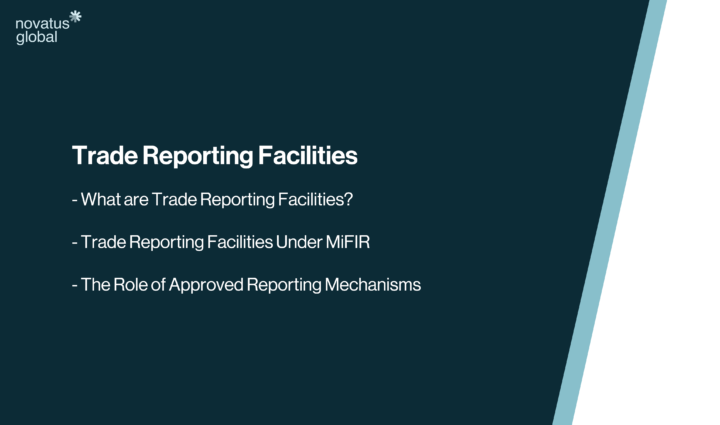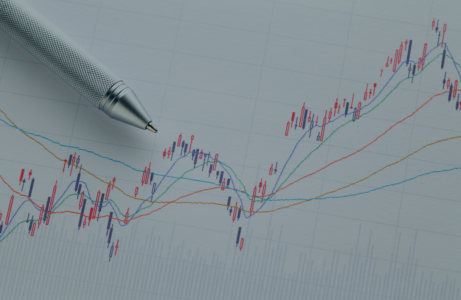
What are Trade Reporting Facilities (TRFs)?
Trade Reporting Facilities (TRFs) are mechanisms that facilitate reporting for derivative transactions. They play an important role in improving post-trade transparency by ensuring that transaction details are available to regulatory authorities. This enhances market transparency and helps regulators monitor trading activity, supporting fair and efficient financial markets.
TRFs act as intermediaries where firms submit trade data, which is then utilised by regulatory authorities for market oversight. Depending on the jurisdiction, TRFs can serve different functions, but their core purpose is to ensure compliance with regulatory reporting obligations.

Why are Trade Reporting Facilities Important?
TRFs are essential for ensuring post-trade transparency, enforcing regulatory compliance and increasing market efficiency. By providing regulators with access to timely and accurate trade data, TRFs help to detect market manipulation and potential insider trading, and by doing so can help to identify systemic risks.
MiFIR Trade Reporting Facilities
Under MiFIR, investment firms and trading venues must report OTC derivatives admitted to trading on a regulated market (RM), multilateral trading facility (MTF) or organised trading facility (OTF). Firms are required to submit the following information, among other data elements:
-
-
- Instrument identification
- Transaction information such as price, volume and execution time
- Counterparty details
- Trading capacity
-
These reports must be submitted as close to real-time as possible. Approved Reporting Mechansims (ARMs) can serve as trade reporting mechanisms under the Markets in Financial Instruments Directive II (MiFID II).
The Role of Approved Reporting Mechanisms (ARMs)
MiFIR allows firms to delegate their trade reporting requirement obligations to an Approved Reporting Mechanism (ARM). ARMs act as trusted and compliant intermediaries that aggregate and report trade data to regulators, ensuring compliance with post-trade transparency requirements.
Key functions of ARMs include:
-
-
- Validating and enriching trade data before submission
- Ensuring data accuracy and completeness
- Transmitting trade reports to the relevant regulatory authorities
-
While ARMs facilitate compliance, firms remain responsible for the accuracy and completeness of their trade reports. Using an ARM can streamline the reporting processes and reduce the operational risks associated with each firm operating on an individual level for reporting purposes.
Understanding the requirements and obligations of firms in relation to TRFs and ARMS will help to ensure compliance. Accurate and timely reporting helps firms meet their obligations and avoid potential penalties.
Novatus En:ACT is the market-leading SaaS platform, built in conjunction with a major global banking group, to ensure you meet your G20 regulatory reporting obligations in an accurate, timely and complete manner. Should you require assistance with any of your regulatory reporting requirements, get in touch today.











